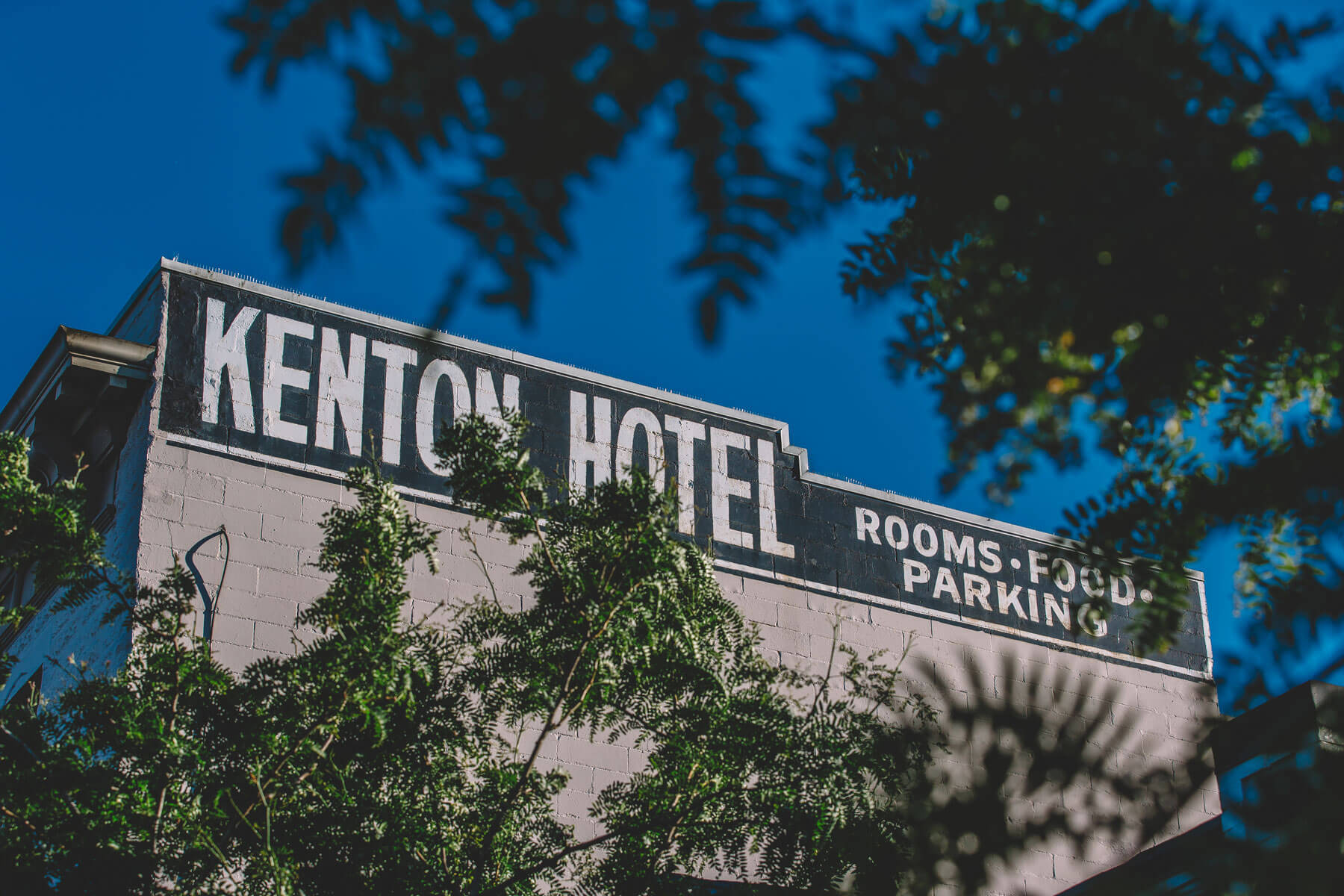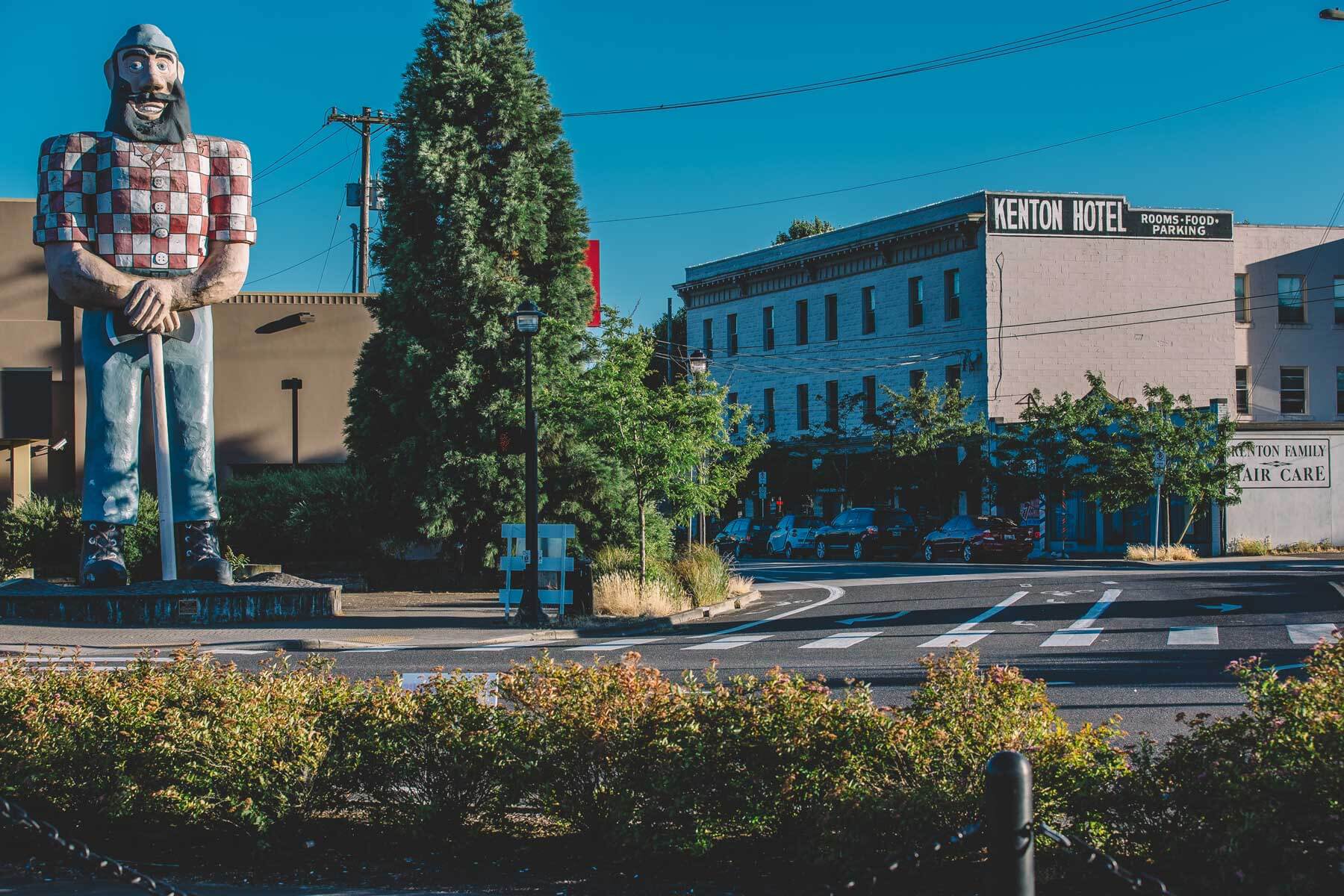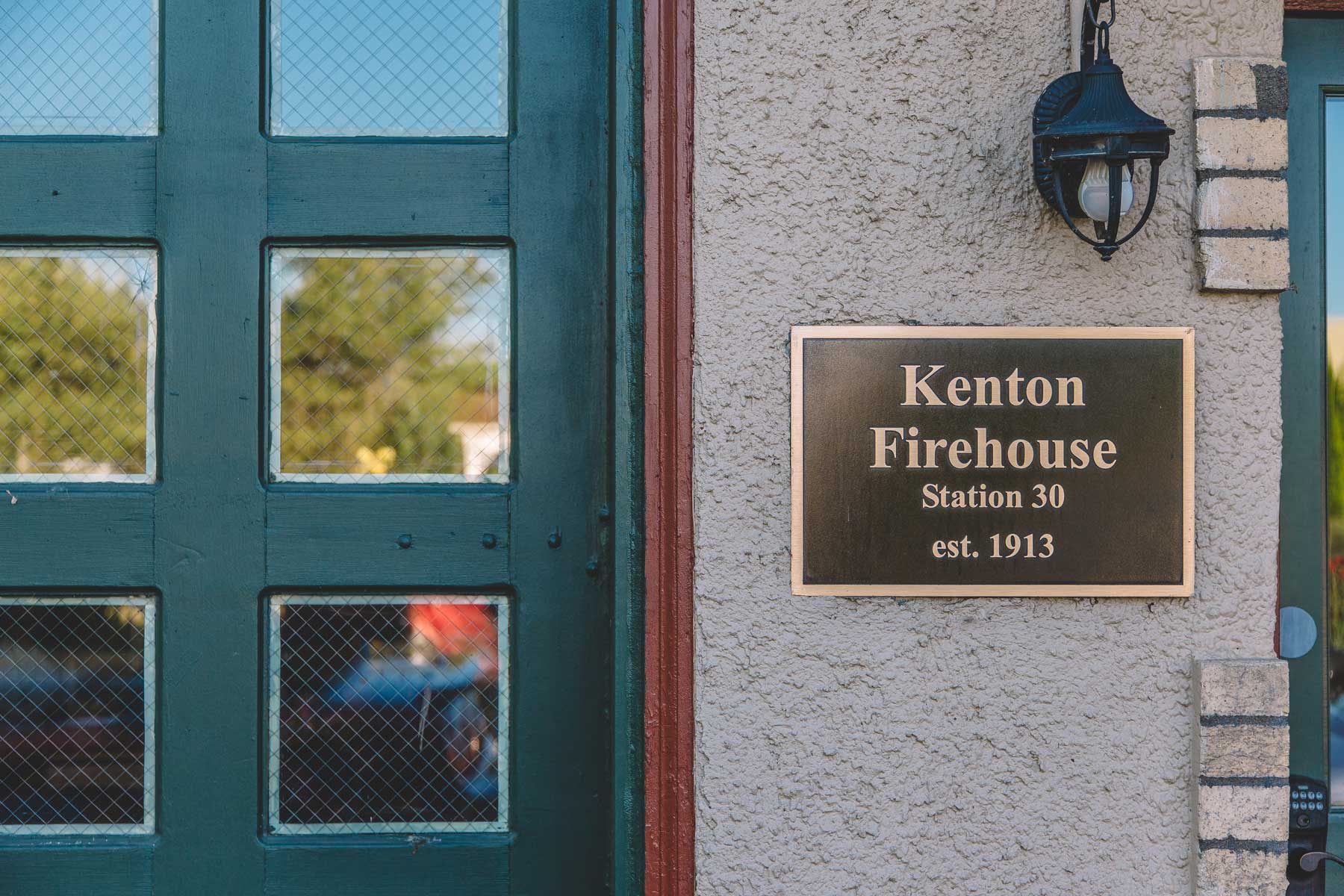
Every neighborhood in North Portland has its special quirks that make it unique. Historic North Portland is no exception. Amidst the constant influx of new residents and speedy construction of high rises with modernist design, there are countless 19th and early 20th century gems that keep historic North Portland seemingly suspended in its charming past. Here are some great locations the National Register of Historic Places has listed right here in North Portland!
Know Your Neighborhood Lumberjack

Everyone loves a good photo-op and who better to take a selfie with than the iconic legend, Paul Bunyan! This bearded giant was built in 1959 to commemorate the centennial of Oregon’s statehood during the Centennial Exposition and International Trade Fair. Paul Bunyan stands at the southwest corner of North Interstate Avenue and North Denver Avenue. Rising 31 feet in the air, this concrete and metal sculpture can be found in the Kenton neighborhood. The sculpture was originally erected at the intersection of North Interstate Avenue and North Argyle Street. The sculpture is maintained by community members and Boy Scout troops. It was listed on the National Register of Historic Places in January 2009.
Big Man On Campus
In 1891, University of Portland spent $32,500 and built a five story brick building modeled after architecture found at Harvard University. Once completed, the structure was named West Hall. It was the University of Portland’s only building and, aside from classrooms, it was also used as the school’s chapel and residence hall. Today, this historic North Portland building is better known as Waldschmidt Hall. In 1990, a three-year renovation project of the structure to bring it up to code and prevent it from falling apart began. The $5.5 million project utilized the original blueprints and old pictures to maintain the original look and feel of the building. West Hall was listed on the National Register of Historic Places on September 22, 1977.
By the Community for the Community

The Kenton Firehouse was built in 1913 as the first city-designed fire station in North Portland, and one of the first in the city of Portland. The land was donated by the Kenwood Development Corp, and the construction was paid for by the city. The Kenton Firehouse was abandoned by the city in 1959. For the following 17 years, the firehouse was used by the police as an unattractive storage unit for abandoned vehicles and miscellaneous unclaimed stolen property that had accumulated over the years. During this time, the firehouse was in ill repair. Windows were boarded, bricks were falling from the roof, and the firehouse inevitably became an eyesore. Residents of the neighborhood asked for the firehouse to be torn down but volunteers from the North Portland Citizens Committee decided to restore the building as a community center. The North Portland Citizens Committee began by obtaining historical landmark status for the building in order to receive federal funds. In 1976 they succeeded and the Kenton Firehouse was designated as a historic North Portland landmark.
And all that Jazz
The two-story blond-brick Rinehart Building went up at 18 North Monroe Street in 1910 and is one of the last remaining historic structures in the Albina neighborhood. The Rinehart Building had many businesses come through it doors from a sweet shop to a butcher’s shop. In 1952 The Cleo-Lillian Social Club opened its doors. Club owners brought in African-American musicians such as B.B. King to play there. The club doubled as a space for community activism, and to raise money for African-American social causes. Father and son developers Tim and Brandon Brown bought the Rinehart Building in 2011 for $380,000. Their restoration of the Rinehart Building started out with a challenge when they learned the plywood boards covering windows were included in their purchase. Because the building had already been listed at the Oregon State Historic Preservation Office, the plywood boards could not be removed. The developers had to trace the boards back to their original manufacturers. It took a cross-country process that involved identifying the mill’s stamp on the board before being allowed to remove them.
For decades, North Portland’s close knit communities have dedicated countless hours and hard-earned money towards preserving the rich legacy of their historic North Portland neighborhoods through the restoration and maintenance of surrounding buildings. These historic North Portland locations are reminders of a time when hard work, attention to detail, and craftsmanship were commonplace. It’s our communities that keep our neighborhoods rich in culture and make North Portland such an amazing place to live!
